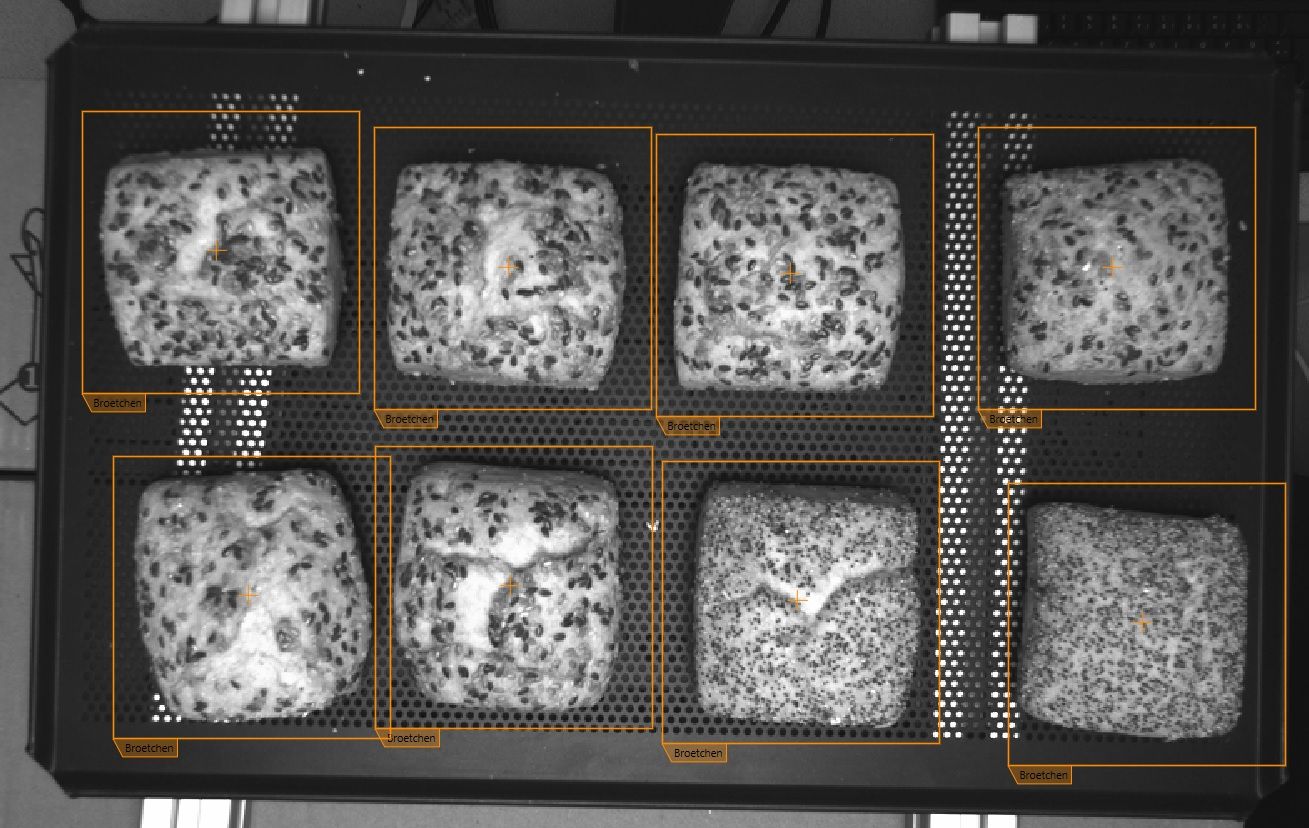
AI in machine vision: Only reliable with real-world expertise
AI is transforming machine vision, but data quality determines success
Artificial Intelligence (AI) is reshaping machine vision
It detects defects, classifies objects, and identifies anomalies that classical systems might miss. Yet despite all the progress, one truth remains:
AI is only as powerful as the data it learns from and that data doesn’t create itself.

Image acquisition: The foundation of every successful AI
Everything begins with the image. Lighting conditions, optics, camera position, resolution, or image noise influence whether a defect is later detected or overlooked. A camera may be technically perfect, yet still fail to deliver usable results if the setup isn’t optimized. Experience in lighting, focus, and optical alignment is what turns a technically good image into an exceptional one and gives AI the foundation it needs to perform.
Only those who understand the physical and optical principles behind image acquisition don’t just capture pictures, but lay the foundation for a truly powerful AI solution.


Training: Where expertise outperforms computing power
First, choose the right algorithms for your task (there are dozens of AI methods to choose from)
Training an AI model is where experience becomes indispensable. Faulty or ambiguous images must be identified, correctly classified, and if necessary, removed from the dataset. Even small distinctions, for example between an "acceptable" and a "critical" defect, can make or break the quality of a model. Human know-how is what bridges the gap: Knowing which features are relevant and how to expand training data strategically, is key to creating reliable, production ready solutions.
The formula for success: AI & experience
AI can make machine vision faster, smarter and more flexible. At least at this point of time its real power only unfolds when it’s built on a solid foundation of experience and expertise. The most successful systems combine state-of-the-art AI with expert understanding of imaging, lighting and data training. That’s what turns promising technology into a proven, high-performance solution and what separates leaders from the rest of the field.


What’s your experience: has AI lived up to its promise in machine vision so far?
Where do you see the biggest challenge today?

 English (EN)
English (EN)  Deutsch (DE)
Deutsch (DE) 